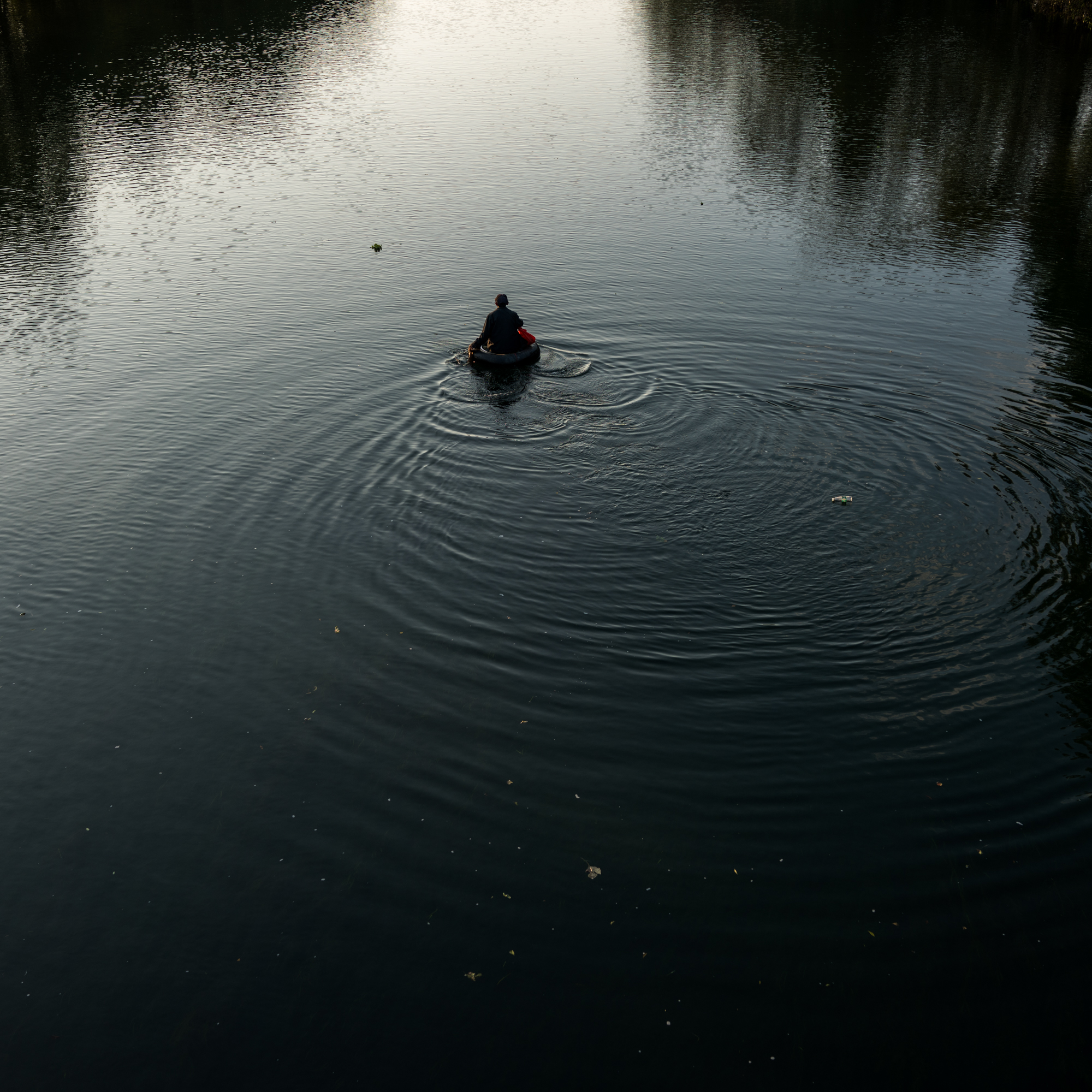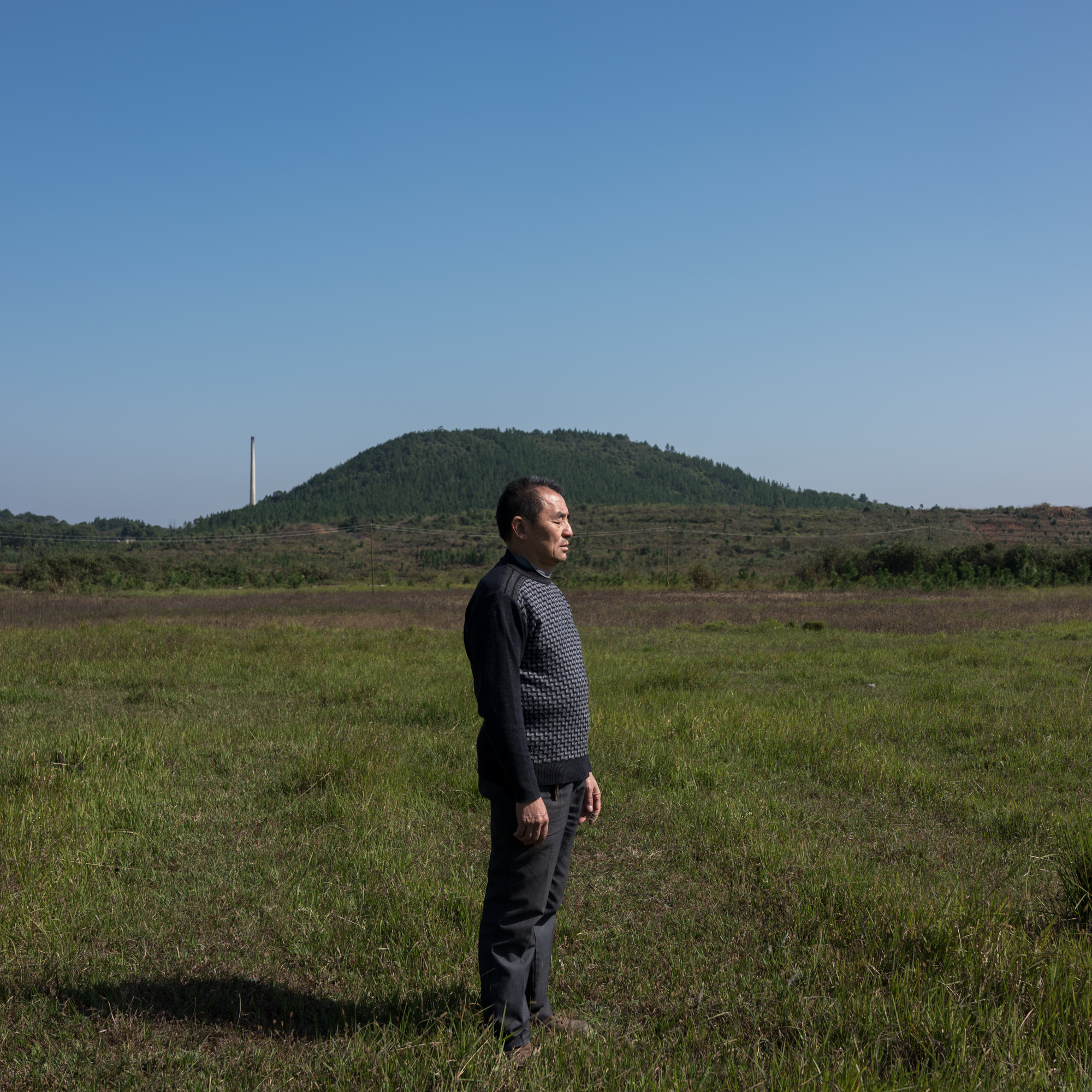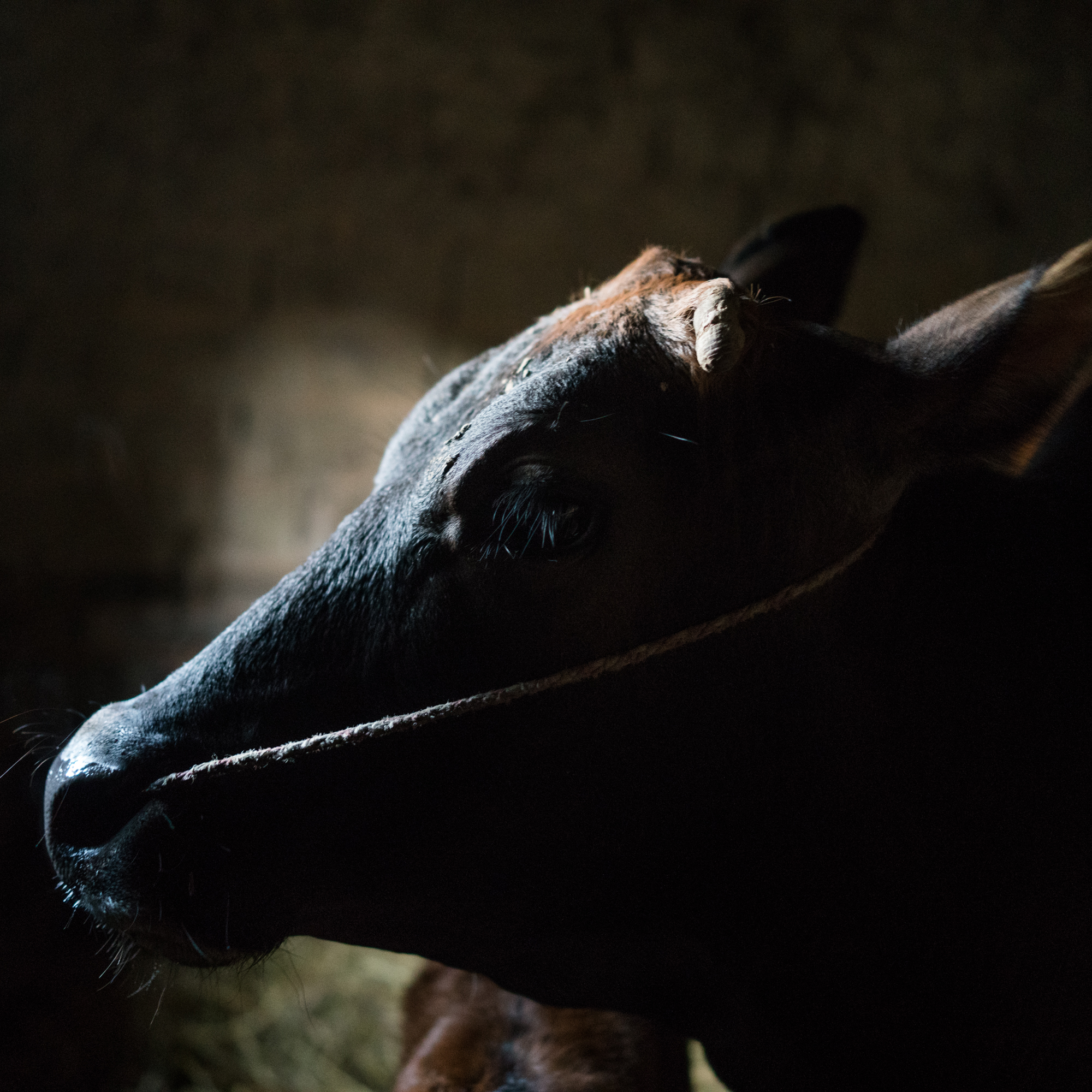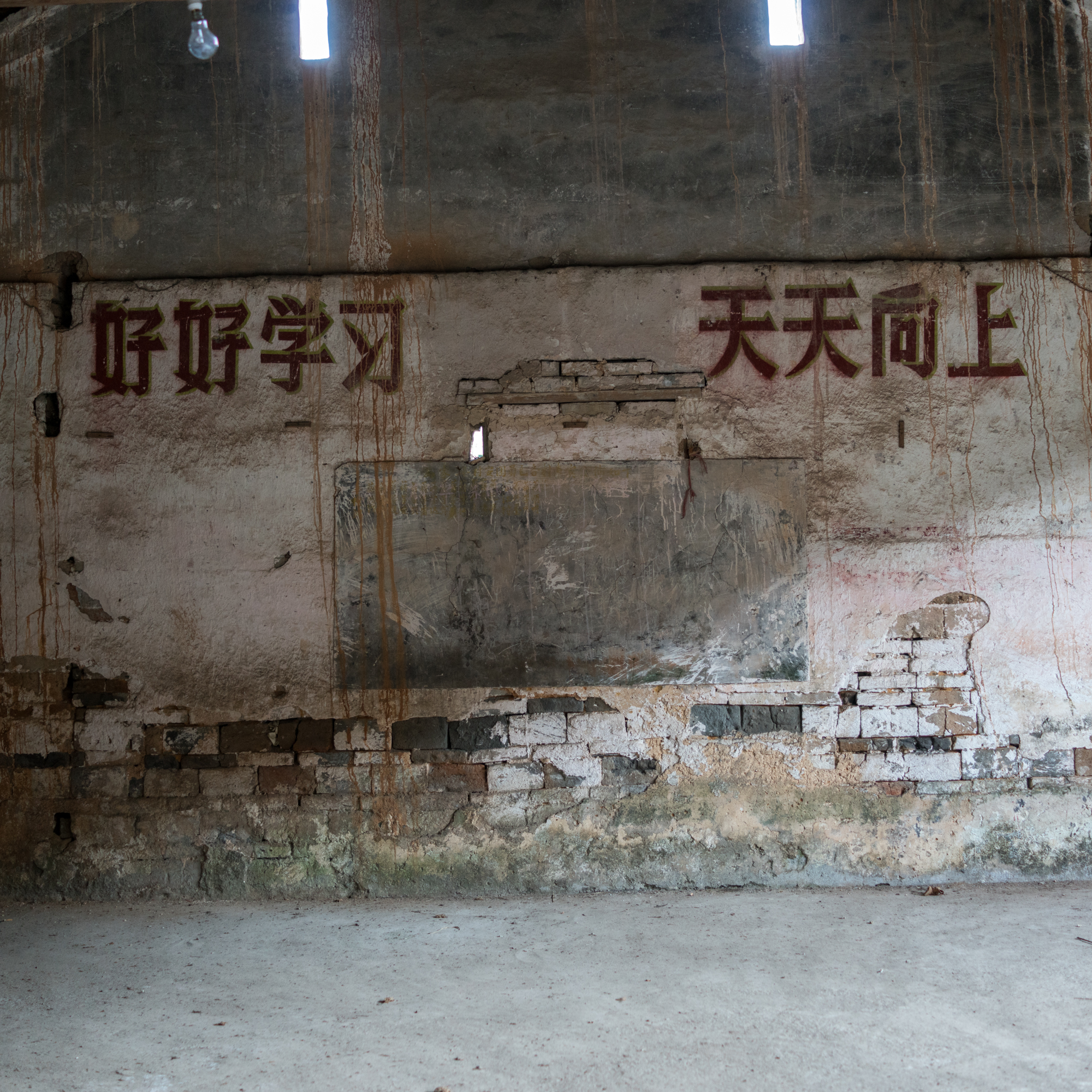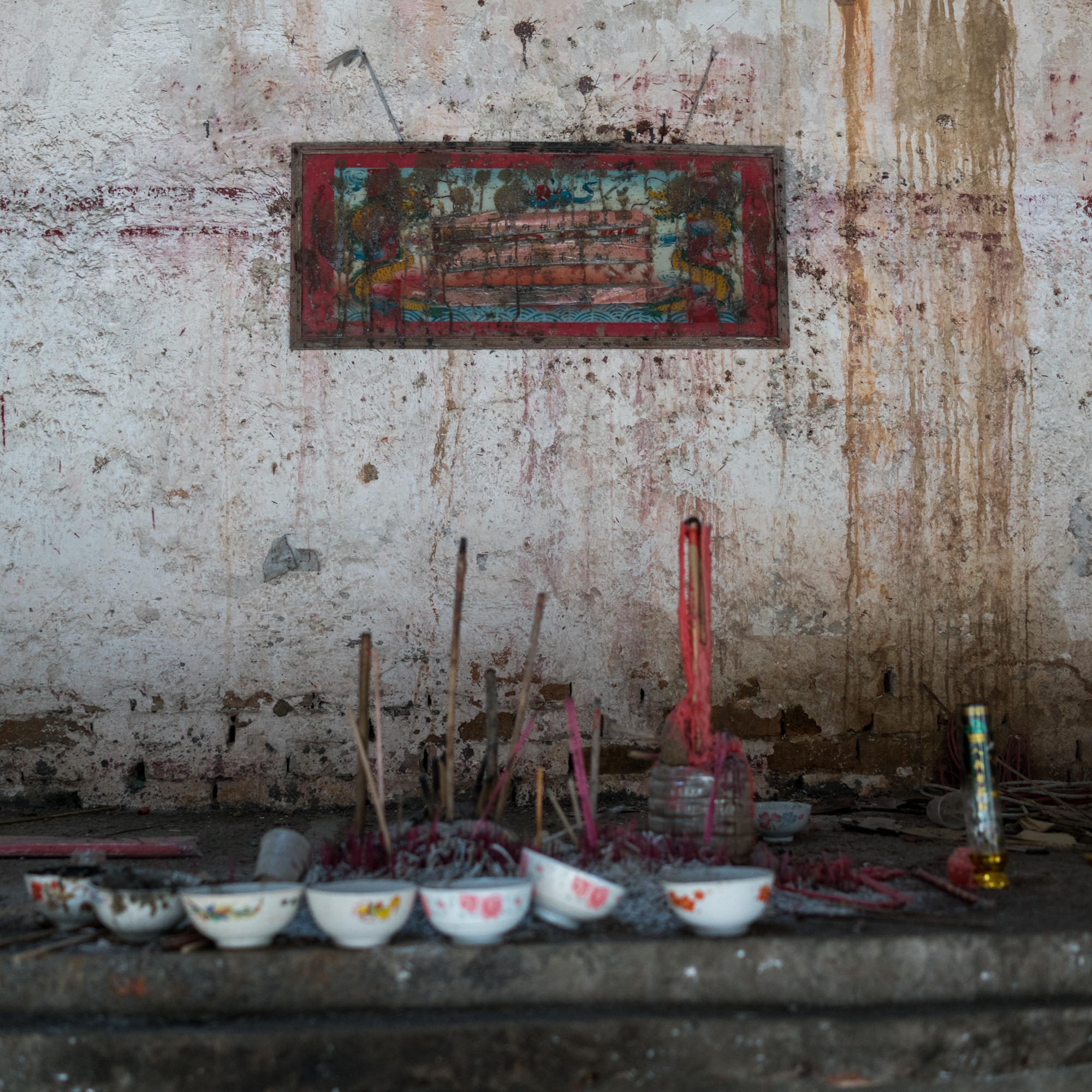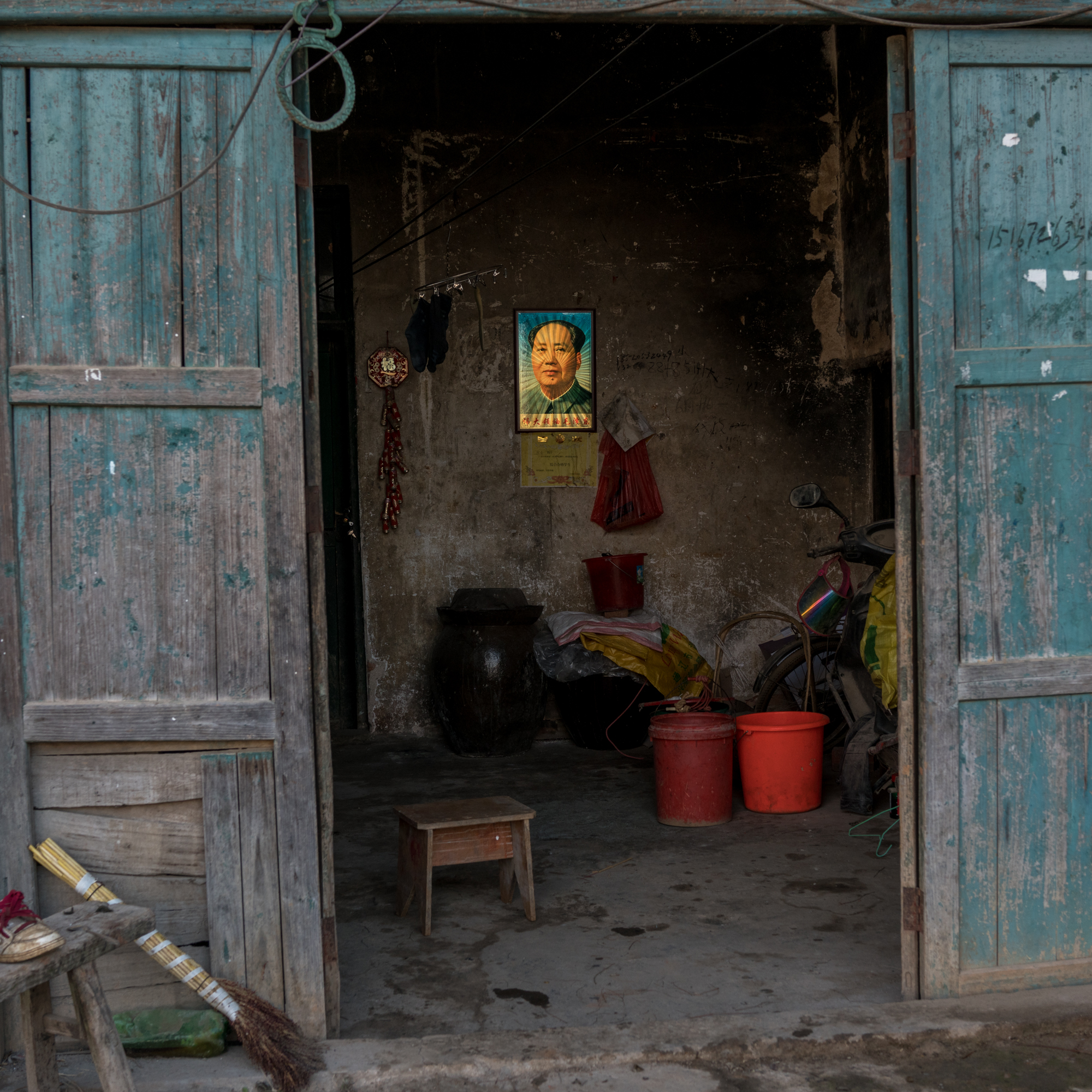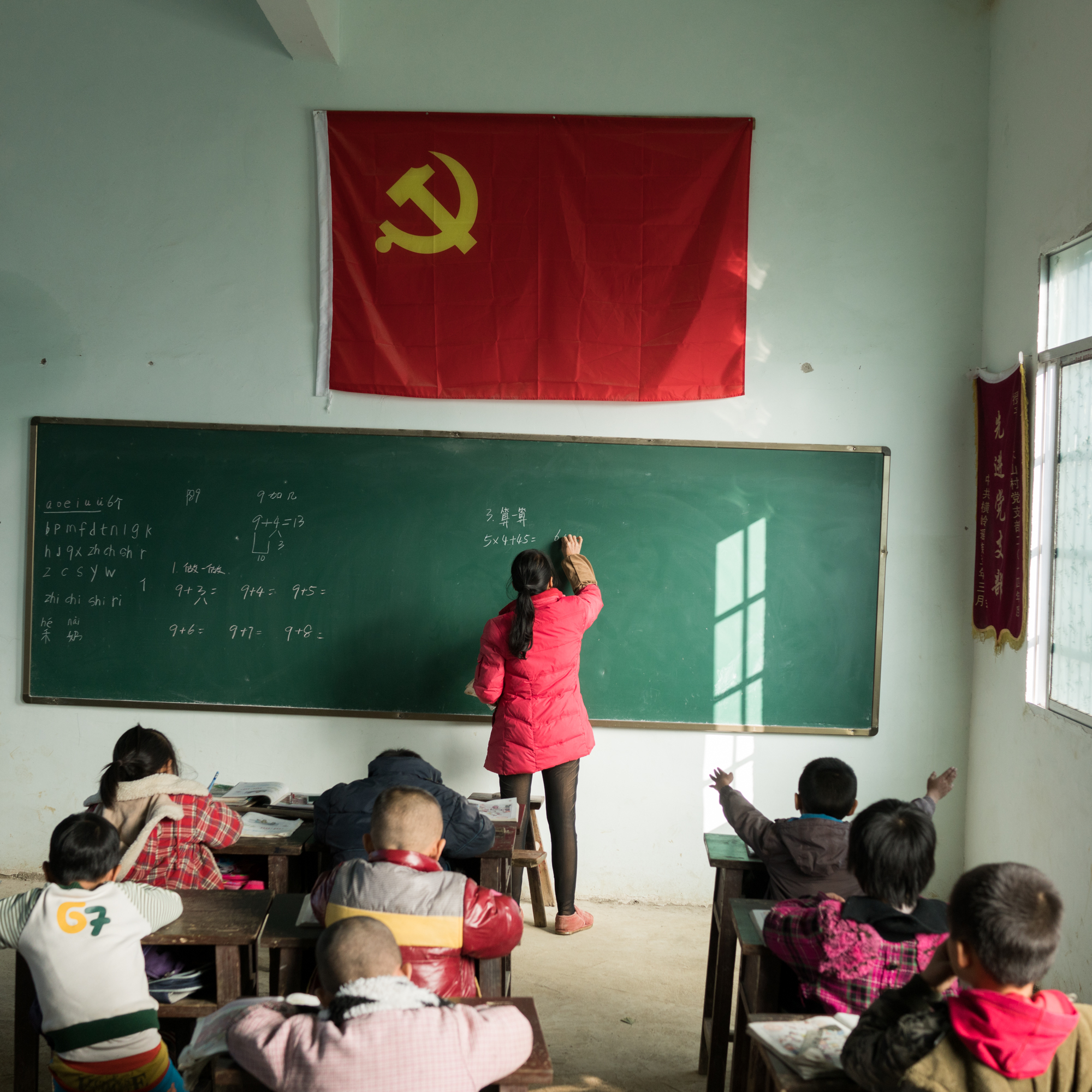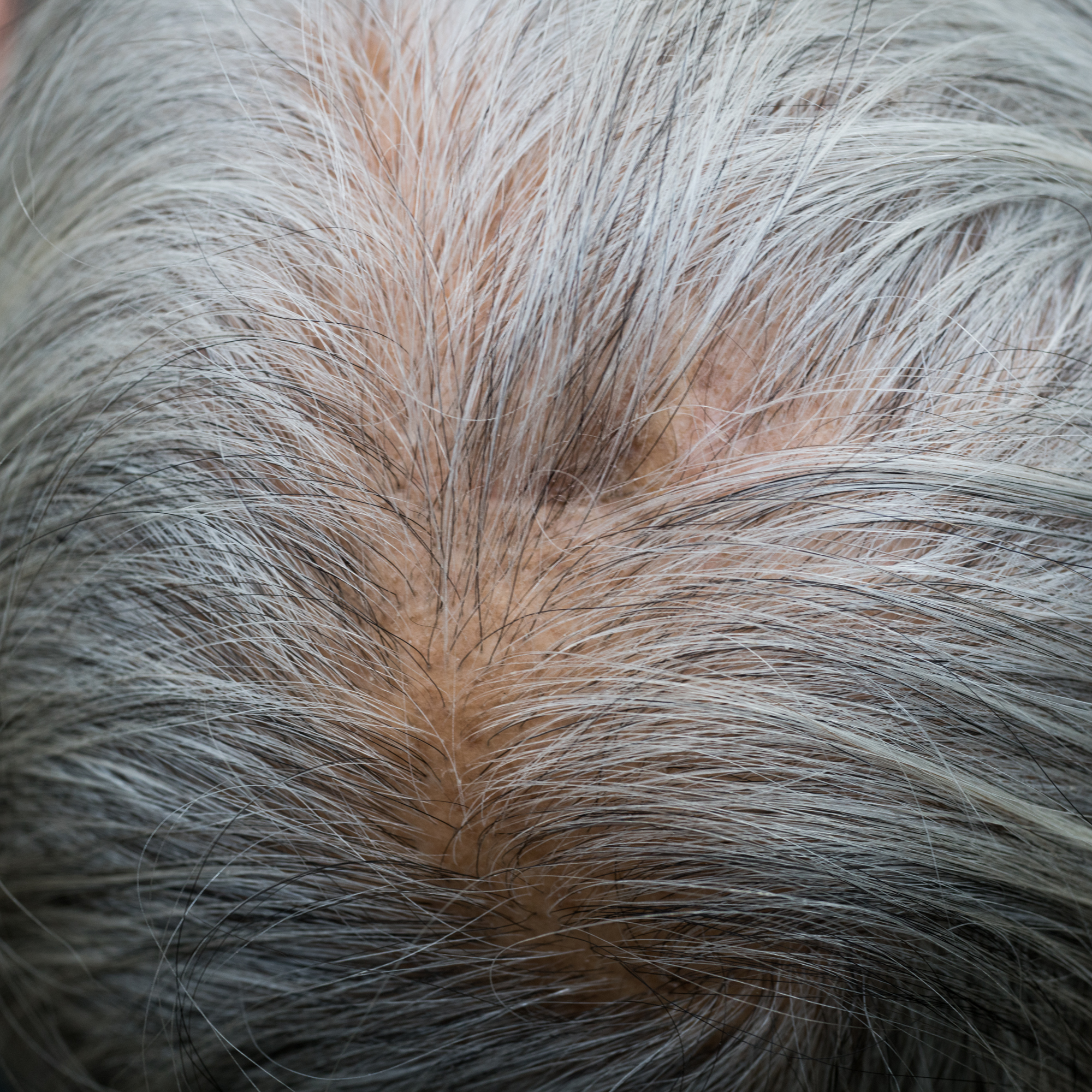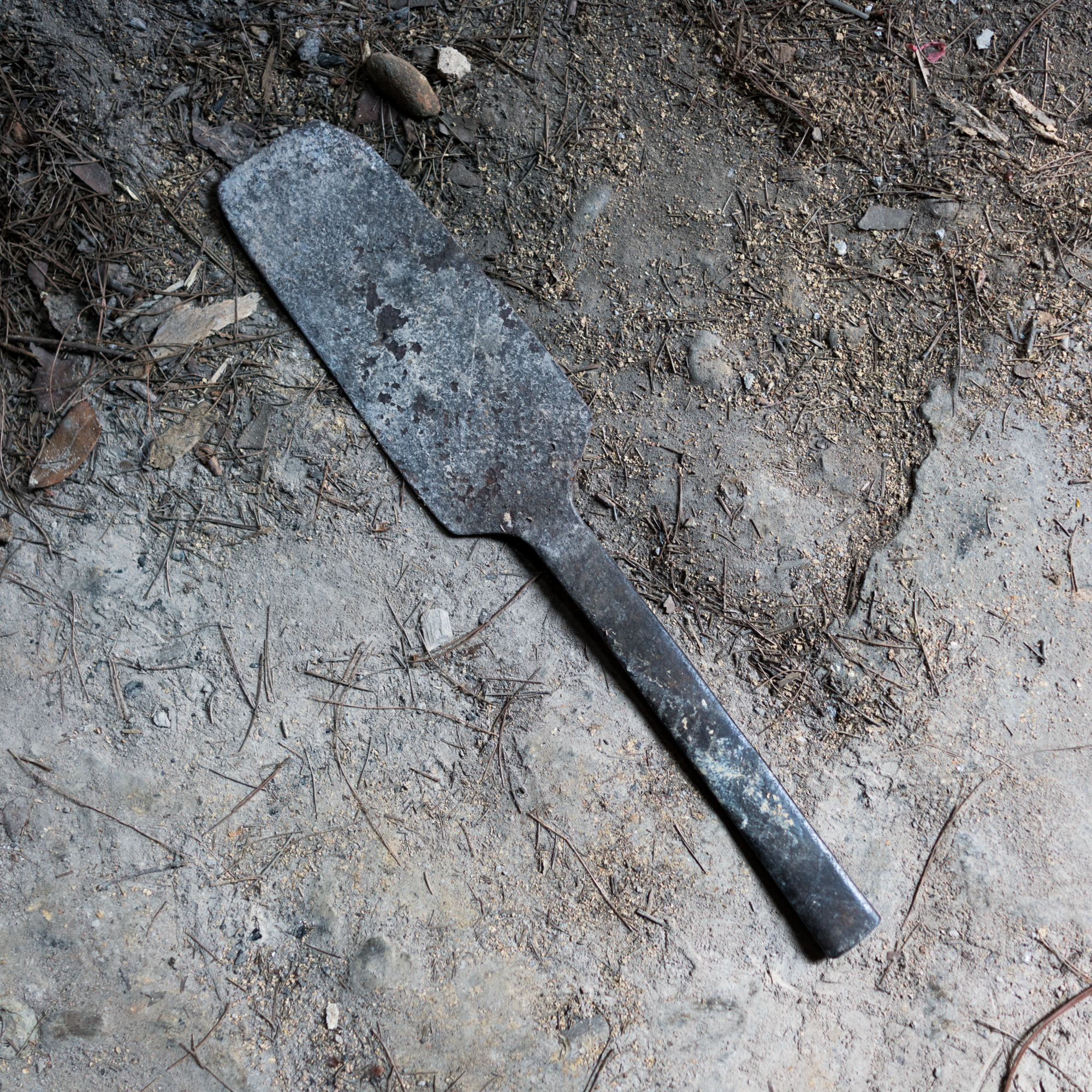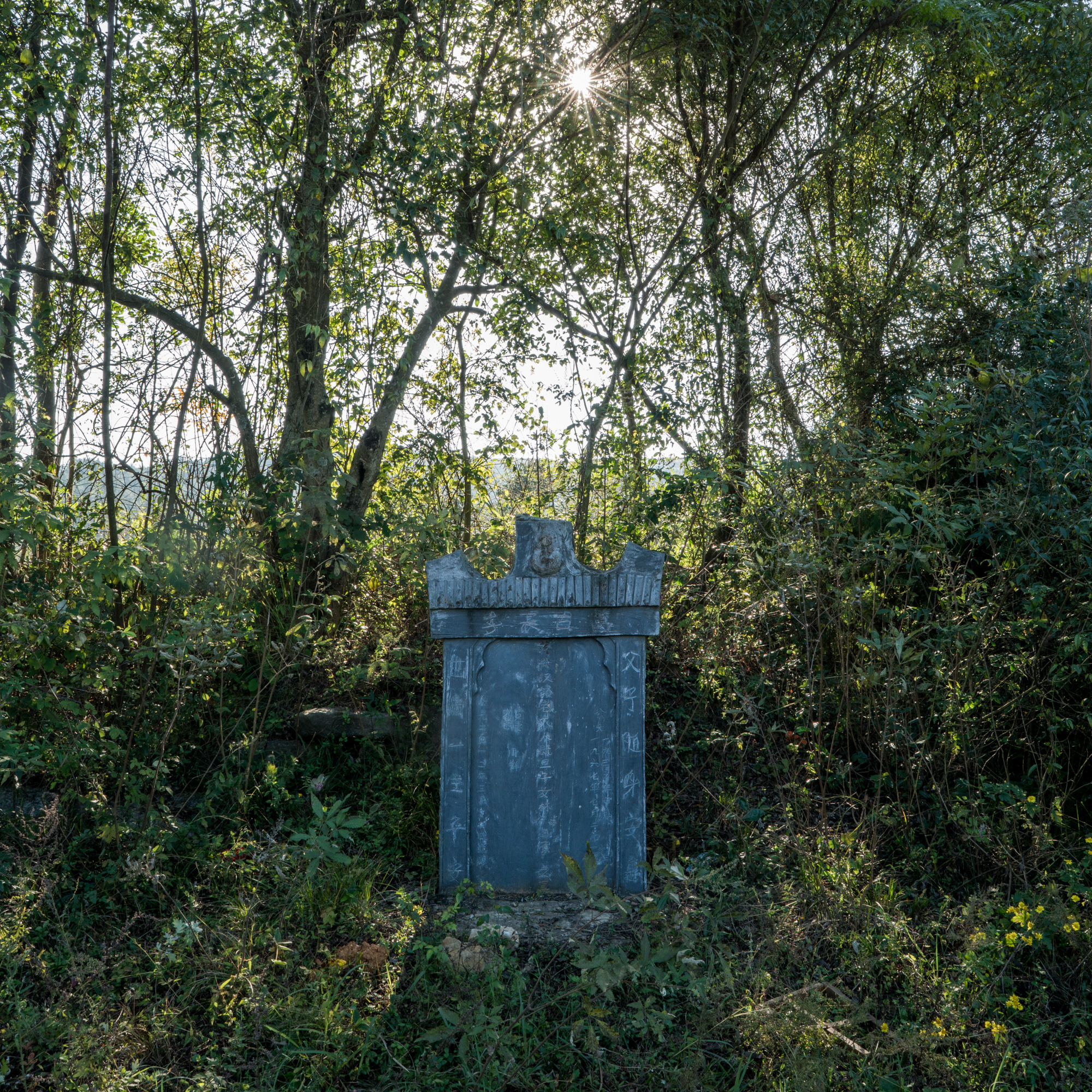Traces in the Land
Memories of a Massacre in Hunan
The Xiao River rushes deep and clear out of the mountains of southern China into a narrow plain of paddies and villages. At first little more than an angry stream, it begins to meander and grow as the basin’s 63 other creeks and brooks flow into it. By the time it re-enters the mountains 50 miles to the north, it is big and powerful enough to carry barges and ferries.
Fifty years ago, these currents transported another cargo: corpses. For several weeks in August 1967, more than nine thousand people were murdered in this region of Hunan province. Its epicenter was Dao county, which the Xiao River bisects on its way north toward the Xiang and then the Yangtze. About half the victims were killed in this county of 400,000 people, some clubbed to death and thrown into limestone pits, others tossed into sweet potato cellars to suffocate. Many were tied together in bundles around a charge of quarry explosives. These victims were called “homemade airplanes.”
But most victims were simply bludgeoned to death with agricultural tools—hoes, carrying poles, and rakes—and then tossed into the waterways that flow into the Xiao. In the county seat of Daozhou, observers on the shoreline counted 100 corpses flowing past per hour. Children ran along the banks, competing to spot the most bodies. Some were bound together with wire strung through their collarbones, their swollen carcasses swirling in daisy chains downstream, their eyes and lips already eaten away by fish. Eventually the cadavers’ progress was halted by the Shuangpai dam, where they clogged the hydropower generators. It took half a year to clear the turbines and two years before locals would eat fish again.
For decades, this murder has been a little-known event in China. When mentioned at all, it has tended to be explained away as individual actions that spun out of control during the heat of the Cultural Revolution. Dao county was portrayed as remote, backward, and poor. The presence of the non-Han Chinese Yao minority was sometimes mentioned as a racist way of explaining what happened: minorities are only half civilized anyway, and who knows what they did when authorities weren’t looking.
All of these explanations are wrong. Dao county is a bulwark of Chinese civilization, the birthplace of great philosophers and calligraphers. The perpetrators were almost all Han Chinese, who killed other Han. And the killings were not random. Instead, they were aimed at eliminating a class of people declared to be subhuman: make-believe landlords, non-existent spies, and invented insurrectionists—the “five black elements” who formed an underclass in Mao’s China.
Far from being the work of frenzied peasants, the killings were ordered by committees of the Communist Party cadres in the region’s towns, who sent underlings to mountain villages to make sure they were carried out. To prevent the chances of revenge, officials ordered the slaughter of entire families, including infants.
That we know the truth about Dao county is due to one person: a garrulous, stubborn, and emotional editor who stumbled onto the story in the 1980s and has spent the past 40 years researching and writing about it, finally publishing his findings in 2011 and updating them in 2016. His name is Tan Hecheng, and over the course of several years I accompanied him as he continued his lifelong quest in the lush, rugged mountains of southern China.
Traveling through Dao county requires a car and a driver, and Tan never lacks for either. He splits his time between Beijing and Changsha, his hometown. But when he comes to do research in Dao county, he is an underground celebrity and outlaw rolled into one. He put down in writing something that any local person over 50 has heard about but of which few dare speak. Some hate him for exposing their families’ murderous background, while the government tries to block his work. But many others view him with awe as someone who described an outrageous crime that was enabled by China’s political system—the same one that runs the country today.
On one of his research trips, I was accompanied by the photographer and artist Sim Chi Yin. We spent days with Tan as he carried follow-up interviews with locals. Sometimes we stopped at places of memory that were especially poignant. Some of them were beautiful hills, bluffs, or rivers, but they were also places where the burden of history was heavy: rivers that were once bloated with the dead; a bridge whose balustrade was marked with the cuts of sabers that were used to behead victims, or overgrown limestone pits once filled with corpses.
This essay contains photos that Sim took during our visit in November 2016. They are evocative of traces in the land, long unseen, as if asking if the non-human remember too. Some were published in my recent book, Sparks: China’s Underground Historians and Their Battle for the Future. Others have not been published before. All speak to her decades-long work on memory, landscape, and place—a fusion of past and present united by the land.




